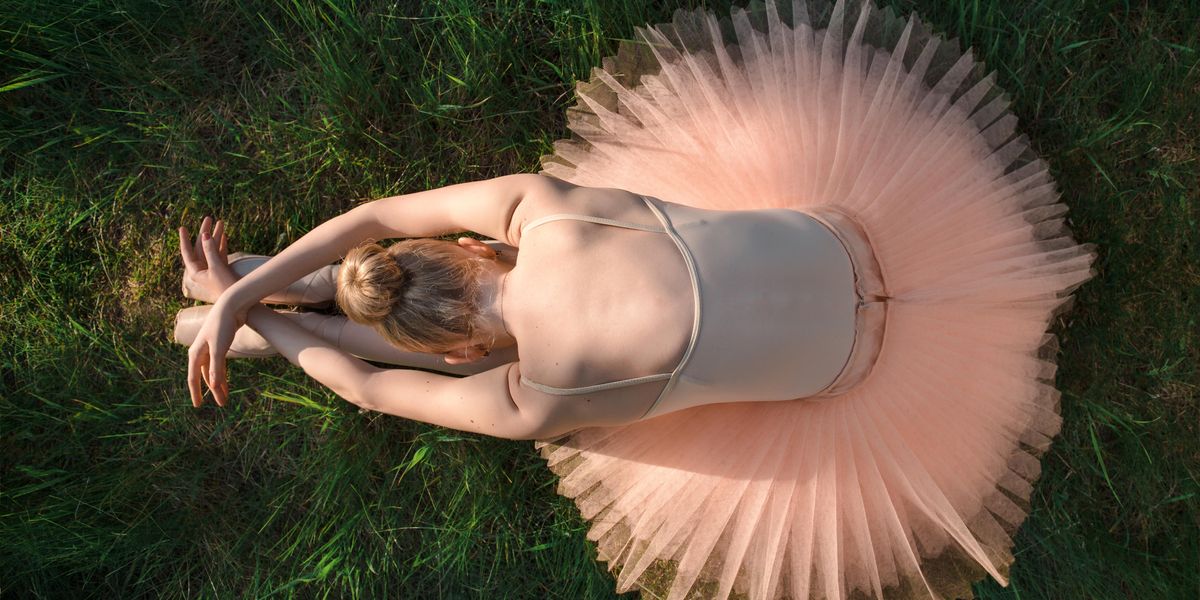The Scoop On Shin Splints
At first, Sadie Elliot’s pain was almost unbearable. “It felt like my shin was going to rip out of my leg every time I landed from a jump,” says the Houston Ballet corps member of her initial experience with shin splints. “I was scare to dance full out.” Unable to ignore the pain, she took two weeks off. “Once you get shin splints, there’s no getting around resting,” she says. “You just have to stop dancing.”
Medial tibial stress syndrome, or shin splints, is one of the most common overuse injuries in dancers. Ballet’s repetitive jumping and running movements can lead to inflammation of the muscles, connective tissue and lining of the front of the shin bone. While shins splints are usually easy to treat, if they’re left unattended, minor discomfort can become continuous pain. “The rule of thumb is that it takes as long to heal as the length of time you’ve been dancing on it while it hurt,” says William Hamilton, MD, consulting orthopedist for New York City Ballet and American Ballet Theatre. “You need to pay attention early to get the problem behind you.”
Diagnosis
There are three main injuries that cause pain in dancers’ shins: stress fractures, compartment syndrome and shin splints. You need to visit a doctor for a diagnosis, but according to Dr. Hamilton, the pain from shin splints is localized, taking up the breadth of about three fingers, usually in the mid portion of the front of the bone. Stress fractures hurt right on the bone and the pain is very localized—about as large as the tip of one finger (sometimes you can even see a small bump). Compartment syndrome, which is uncommon in dancers, will hurt throughout the entire leg.
Causes
Improper technique of the feet and ankles is often at the root of shin splints. Check your alignment in first position: Your weight should be evenly distributed between the pads of your big toe, little toe and heel. Rolling in or forcing the turnout at the ankle will overstress your shins. Elliot realized her shin splints came from a tendency to place her weight too far back in her heels, which led her to grab the floor with her feet.
An imbalance in the strength and flexibility of the muscles in the front and back of your lower legs can also create problems. Dancers often have tight muscles in the backs of their calves, which pull at the front shin muscles. Weakness in the back calf muscles forces the shins to do too much work when performing multiple jumps.
Dancing on an unforgiving surface can also take its toll. Resilient, shock-absorbent sprung floors are always ideal, but if you have to perform on a hard surface, take extra time to warm up your muscles and be sure to ice your shins at the end of the day.
Treatment
“Treating shin splints is not about what you do, but about what you don’t do,” says Dr. Hamilton. “If you back off, it’ll heal.” In addition to relative rest, you can speed up the process with ice, massage and stretching.
Although shins are a difficult place to stretch or massage, pinkie balls are excellent for kneading those muscles. Kneel on the ground, placing the pinkie ball under your leg, just to the outside of the shinbone. Roll up and down the shin, or simply press down on the ball. This decreases tension, often making an immediate difference in how it feels when you stand up. You can also gently massage your shin along the edge of a padded seat of a chair.
Stretching your calf muscles will ease the tension as well. Stand with the balls of your feet on a few thick books, step forward with one leg and allow your body weight to fall down through your back heel to the ground. Try this with your back leg straight and also slightly bent.
Elliot liked to freeze water in a Dixie cup, tear off the bottom and use the resulting “popsicle” to give herself an ice massage. “I would move it up and down the shin area, getting really deep into the lining of the bone,” she says.
If you cannot take time off immediately, Ibuprofen or Tylenol can help reduce pain, but don’t use either for more than two consecutive weeks—pills artificially ease the inflammation, but they don’t help heal the injury. When Elliot had to perform with shin splints, HB’s athletic trainer recommended using Kinesio Tape (seen on athletes at the Olympics), which forms to the skin so that it doesn’t inhibit movement quality but helps take pressure off the bone area.
Overuse injuries like shin splints can take three times longer to heal than acute injuries like sprains. But if you begin taking care of shin splints early, they should respond within a couple of weeks. If the pain gets worse after trying these self-treatment suggestions, go back to your doctor.
The only way to avoid shin splints for good, however, is to address the cause. In October, Elliot began training with a Pilates instructor to strengthen her hamstrings and improve her placement so she could stop grabbing the floor with her feet. She’s been dancing pain-free ever since.
Deborah Vogel’s articles on injury prevention for dancers can be found at www.thebodyseries.com.





